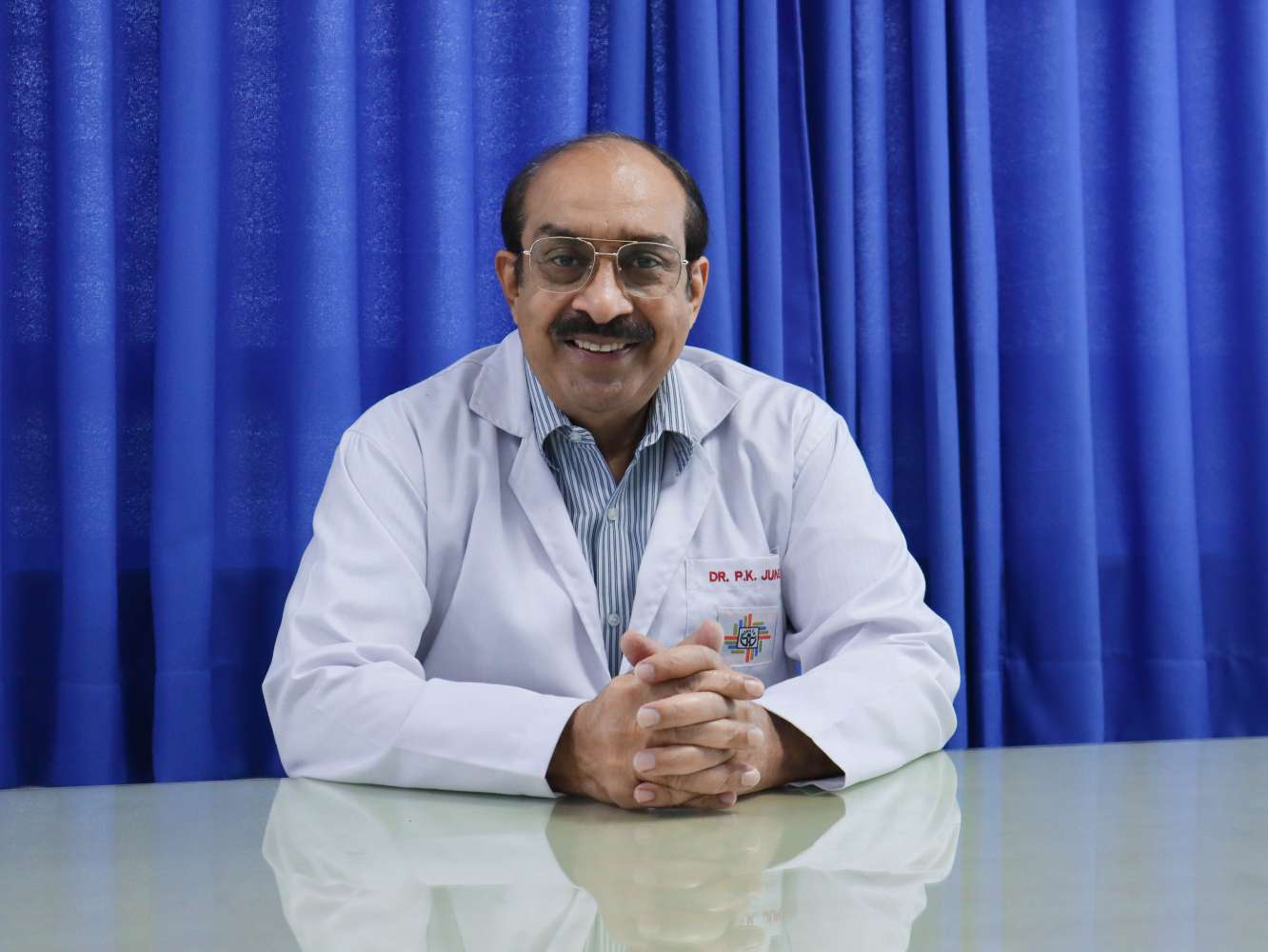Departments
- Home
- Prostate Surgery
Departments Of Prostate Surgery
Welcome to the Department of Prostate SurgeryMedications can help many men with an enlarged prostate, but for some, they might not always be enough to ease symptoms such as weak urine flow and dribbling. When you’re one of those men, you have surgical options to treat your benign prostatic hyperplasia or BPH. Other times, the traditional “open” surgery is needed. It all depends on your case and what you and your doctor decide is best for you. Doctors can choose from these minimally invasive procedures or open surgeries to treat moderate to severe symptoms. These procedures are also used if tests show that your ability to pee is seriously affected.
Minimally Invasive Procedures
- Doctors often do these kinds in their own offices. Overall, these procedures may work better than drugs at easing symptoms but may not be as effective as open surgery in some cases.
- Transurethral microwave therapy (TUMT): This procedure uses a microwave antenna attached to a flexible tube that your doctor inserts into your bladder. The microwave heat kills off excess prostate tissue.
- Transurethral needle ablation (TUNA): Your doctor inserts a heated needle into the prostate through the urethra, the tube that carries urine and semen through the penis. This destroys extra prostate tissue.
- UroLift system: The UroLift system is the first permanent implant for BPH. It works by pulling back the prostate tissue that is pressing on the urethra.
- A kidney transplant is a major surgical procedure with a wide range of potential risks. In the short term, these risks include blood clots and infection. Longer-term problems, which include diabetes and an increased risk of infections, are usually related to the medication you need to take to reduce the chance of rejection.
- Because of the risk of further problems, people who have had a kidney transplant require regular check-ups for the rest of their life.Read more about what happens during a kidney transplant and the risks of a kidney transplant.
Open Surgery
Doctors often consider surgery the best long-term solution for relief of symptoms. Most of these involve taking out the enlarged part of the prostate.
Types of Surgery
The kinds of surgeries you might talk over with your doctor could include:
Other Things to Consider
Before you have one of these procedures, talk with your doctor about whether you’ll be given something to numb the area (“local anesthesia”) or whether you’ll be given something so you won’t be awake (“general anesthesia”) during the procedure. What you get and where you have it depends on the procedure.
Surgery can ease many BPH symptoms, but it may not relieve them all. If there are certain complications, such as a weak bladder, there may still be urinary problems after surgery, although this is rare.With any BPH surgery, there may be a slight risk of erection problems. However, men who have normal erections before surgery likely won’t have trouble afterward. The best treatment for an enlarged prostate is not the same for every man. Talk to your doctor about the risks and benefits of each procedure.
- Transurethral resection of the prostate (TURP). Your doctor removes portions of the prostate that are affecting your urinary flow. This is the most common type. No external scars are seen since a scope is inserted thorough the urethra.
- With TURP, some men might get what’s called “retrograde ejaculation,” (ejaculation of semen into the bladder instead of through the urethra). Sexual dysfunction is among the complications reported in a small number of men who had it, although that may not be related to the surgery in all cases.
- Transurethral incision of the prostate (TUIP). This surgery does not involve removing prostate tissue. A few small cuts are made in the prostate to reduce the gland’s pressure on the urethra, making urination easier. This procedure is an option for some men, such as those with smaller prostates.With TUIP, there is much less risk of retrograde ejaculation compared with TURP. However, it usually gives you symptom relief equal to TURP.
- One possible downside: Some men need a repeat TUIP. Doctors decide which to use based mainly the prostate’s size and shape. Laser surgery. A doctor uses laser energy to kill off prostate tissue and shrink the gland. This may not be work on larger prostates.Laser procedures usually give you symptom relief and better urinary flow similar to TURP. However, some laser therapies produce fewer side effects than others.Long-term studies are needed to find out whether laser treatments are as effective as TURP.
- Open prostatectomy (open surgery). A doctor often does this when the prostate is greatly enlarged, when there are complications, or when the bladder has been damaged and needs repair. In open surgery, the surgeon makes a cut and takes the enlarged tissue from the prostate.
- Our Consultant



